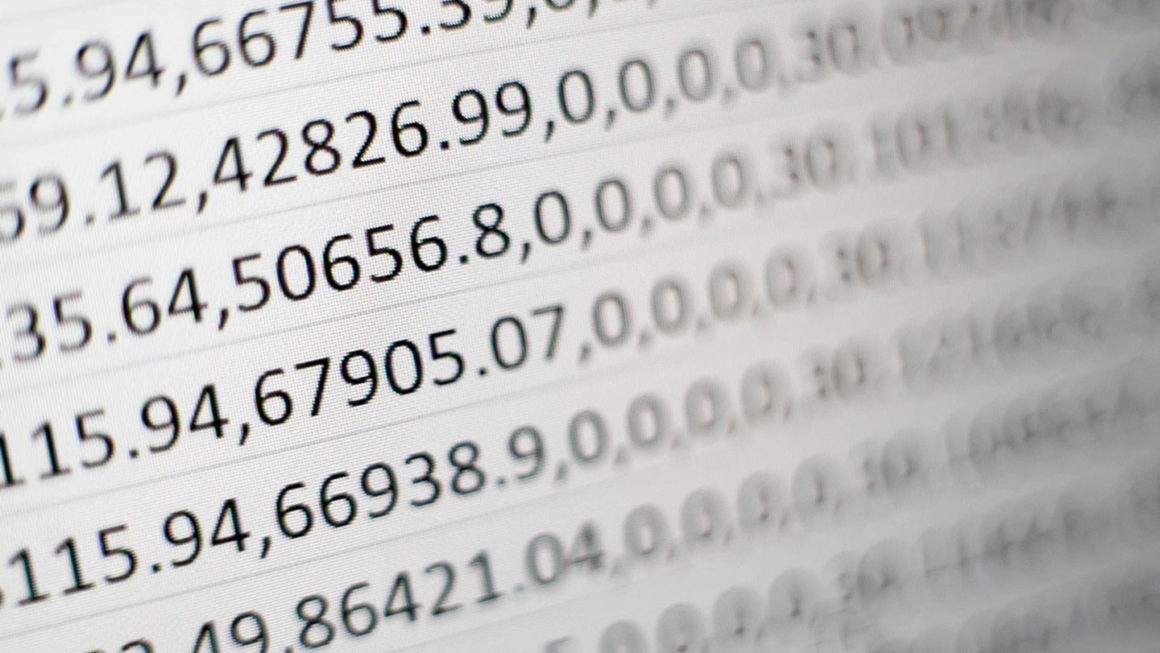How are Blockchain and Digital Assets Different?

You’ve probably heard the terms blockchain, digital assets and cryptocurrencies and even used them interchangeably, without knowing how they differ from each other. This is not strictly accurate.
While all cryptocurrencies are digital assets, not all digital assets are cryptocurrencies or recorded on blockchain. Both blockchain and digital assets extend far beyond crypto. This FiO guide will explain the difference between blockchain and digital assets, while another article will compare blockchain and cryptocurrency.
What is a blockchain?
Blockchain is revolutionizing the business world with its underlying concepts of decentralized networks, tokenization and smart contracts.
In layman’s terms, a blockchain is a computer file that stores data, using an open distributed ledger database that is duplicated many times and shared across many computers. This achieves decentralization, making the recordkeeping transparent, tamper-proof and without a central point of attack for hackers, unlike with centralized systems.
Blockchain technology delivers a better experience for the business processes between companies, decreasing cost, infrastructure and increasing speed and scale.
In the age of digitalization and Industry 4.0, innovative companies that successfully manage changes in the process can scale and optimize their value chain with the help of blockchain.
What is a digital asset?
In simple terms, a digital asset is anything that is stored in a digital data format and comes with user rights. Digital assets can be used on electronic devices such as computers, phones, laptops and tablets and can include for example photos, images, audio, video, text files,PDFs spreadsheets and more. Digital assets can themselves be assets or instead denote the ownership of an underlying asset.
Think for example of an mp3 or Spotify song, or a movie you rent from the Google Play Store, where your right to use it is revoked after maybe 48 hours. If it is digitally stored and valuable to a company, user or customer, it is a digital asset. These digital rights may be limited for access from a specific device, or globally accessible on any device.
Examples of digital assets:
- Photos and images
- Audio files
- Videos
- Excel spreadsheets
- Word documents
- Graphics (e.g. logos or artwork)
- HTML documents
- Published works in PDF or epub format
- Cryptocurrencies
Digital asset vs cryptocurrency
Generally speaking, a cryptocurrency like Bitcoin and Ethereum is a digital asset that can be represented by a particular quantity of cryptographic tokens that someone holds of that asset.
These tokens can be transferred between pseudonymous accounts as an exchange of value on a blockchain, and are usually held in crypto wallets. The details of these wallets’ holdings and transactions can usually be viewed on a public blockchain by anyone.
As explained earlier, digital assets have much broader use cases than only cryptocurrencies, which we’ll look at further down.
Digital assets – the 3rd wave of blockchain technology
With the introduction of blockchain technology more than a decade ago, it has become easier, safer and cheaper for companies to issue and distribute digital assets.
The rise of digital assets on blockchain is its third innovation wave, after the initial boom of cryptocurrencies and the enterprise applications of distributed ledger technology (DLT). This new evolution of how value is moved will forever change business operations across almost all industries.
New markets are being created now for all kinds of assets that can be represented on a blockchain. Nearly any asset or agreement can now contractually be represented in agreements between different parties today, without the need for intermediaries.
This extends far beyond cryptocurrencies that reside on public blockchains. For example, blockchain technology can be used for a plethora of use cases, such as voting, product provenance, medical records, copyright protection, rewards systems and much more.
Settlements, trading and custody of these assets can seamlessly be managed in new end-to-end solutions such as permissioned or private blockchain technology, where participants can control the privacy and scale of their distribution.
Use cases of digital assets on blockchain
With blockchain, any asset can now be digitized, represented as a token and cryptographically protected on a decentralized blockchain. Blockchain can display everything cryptographically, whether works of art, real estate, or diamonds, and they can all be moved over a peer-to-peer network, where there is no central authority like a bank or the IRS that oversees trading or sales.
New products and services are being developed to take advantage of decentralized peer-to-peer technologies. To remain competitive, companies increase their ability to transform their business by developing new offerings based on new technologies and integrating these technologies into existing product and service offerings.
While blockchain technology has huge uses from copyright protection to voting, it is most commonly used in financial services.
Digital assets which have cryptographically recorded on a blockchain can be used in financial services as any of the following:
- Securities
- Virtual currencies
- Commodities
- Deposits, accounts, intangibles
- Smart contracts
- Digitized assets
Using FiO to create digital assets on your own blockchain
New Blockchain-as-a-Service (BaaS) platforms like FiO allow enterprises of all sizes and types to transform their operations cost-effectively and manage their data and digital assets better. For example, you can tokenize IP rights, data access, products, reward points, rental agreements, property deeds, provenance certificates, and distribute them how and to who you see fit.
FiO collaborates with enterprise blockchain protocols designed by IBM and R3, runs on Hyperledger Fabric and Corda, and allows users to create data that’s interoperable with public chains like Ethereum, IOTA, EOS and Zilliqa.
FiO’s toolkits and pre-built templates give you the keys to turn your business data into easy-to-use blockchain formation within minutes.
FiO has been adopted with sample cases by well-established businesses in 10 diverse industries, and is now being applied to marketing and advertising, ecommerce, agriculture, entertainment, retail and sales, transportation, media, education as well as health information.
To learn more about how FiO can help your business, take a look at our use cases.



